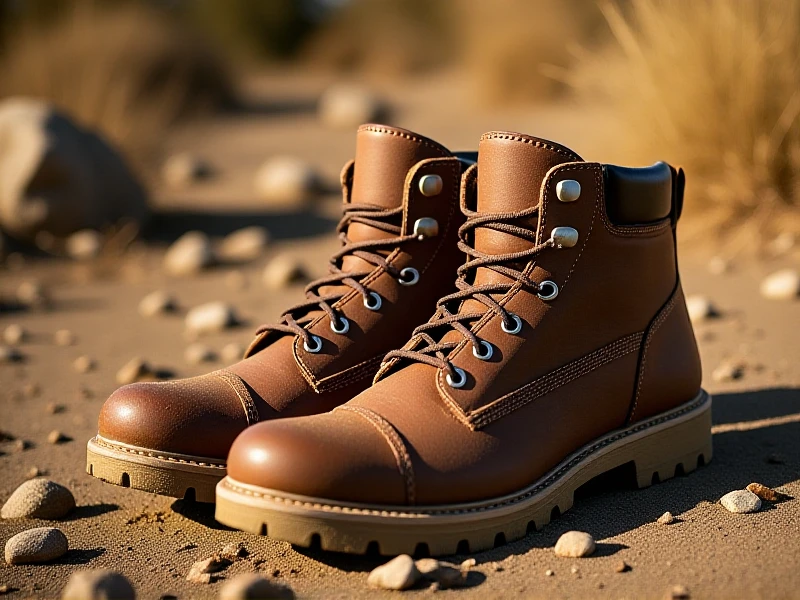Your Step-by-Step Guide to Choosing Truly Tough Work Boots

Finding work boots that protect your feet while lasting through brutal job sites isn't easy. With endless options claiming unrivaled toughness, how do you know which pair genuinely delivers? Skip the marketing fluff. Focus on these battle-tested features:
-
The Non-Negotiable Safety Standards: Look for ASTM F2413 certification, specifically noting:
- Safety Toe (I/75 or C/75): Steel, composite, or alloy toes meeting impact & compression standards. Composite boots are lighter and won't freeze or set off metal detectors.
- Puncture Resistance (PR): Essential if you work around nails, scrap metal, or sharp debris. A puncture-resistant midsole shields your arch.
- Electrical Hazard (EH): Offers secondary protection against accidental contact with live circuits (check sole condition regularly).
- Slip Resistance (SR): Look for lugs designed for your environment (oil/grease vs. mud vs. wet tile).
-
Built to Last: Construction & Materials Matter
- Upper: Full-grain leather is king for durability and abrasion resistance. Quality nubuck offers flexibility. Synthetics might be waterproof but can tear faster.
- Construction: Goodyear welt or cement construction generally offers superior resoling capabilities, making them a long-term investment. Avoid cheap glued soles.
- Midsole: Cushioning EVA absorbs shock but can break down. Dual-density PU or specialized gels offer cushioning with longevity.
- Outsole: Vibram® or other premium branded rubber typically provides superior traction and wear life.
-
All-Day Endurance: Fit and Comfort You Can Trust
- Fit is Critical: Size incorrectly and you risk blisters or worse. Try boots ON in the afternoon with work socks.
- Arch & Ankle Support: Look for structured arch support and adequate ankle coverage/stability, especially for uneven terrain or ladders. Stability reduces fatigue.
- Cushioning: Memory foam collars, padded tongues, and cushioned insoles aren't just luxuries – they prevent hot spots over 10-hour shifts.
- Weight: Heavy boots strain legs. While safety first, lighter composites and modern builds offer comparable protection.
-
Tackle the Terrain: Match Boot to Environment
- Wet/Cold: Insulated, waterproof boots (Gore-Tex® linings) are vital. Ensure traction lugs are deep and widely spaced.
- Hot/Dry: Look for breathable leather uppers and moisture-wicking linings. Avoid excessive waterproofing without breathability.
- Electrical Work: Double-check EH rating and only use properly maintained EH boots when required.
Pro Tip: Break in new work boots gradually! Wear them for short periods before that long shift. Investing in high-quality safety work boots isn't just about comfort; it's investing in performance and preventing debilitating injuries. Do your homework – your feet will thank you for years.